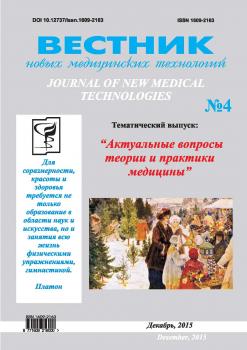This article describes the anatomical experiment to identify, what percentage of time the doctor pays attention particular segments of the teeth during the operation odontoceridae. In the experiment, the group of doctors conducted consistently operation odontoceridae 44 and 46 of the teeth, and by means of device for video recording was done shooting field operations. Moment of contact a dental tool to separate segments was fixed by recording device. The time of treatment sectors of dissecting tooth was estimated on the received video or sound track and the ratio of time processing sectors was found. This analysis of 44 and 46 teeth was made. As a result of the distributions were obtained, showing which parts of the lateral surface the doctor pays more attention during odontoceridae operation. The authors conclude that during odontoceridae operation the doctor pays more attention to the most accessible for the eyes sectors of the tooth, and less attention is hidden from the eyes of the inaccessible areas. The doctor treats the areas of the lateral surface of the tooth, which are visible and easily accessible. Hidden from the doctor´s eyes the side surfaces of the teeth remain without attention and incur less processing.
odontoceridae, degree of attention
1. Arutyunov S.D. Lebedenko I.Yu. Odontopreparirovanie pod ortopedicheskie konst-ruktsii zubnykh protezov. M.: Prakticheskaya medi-tsina,2007. 80 s.
2. Iordanishvili A.K. Klinicheskaya ortopedicheskaya stomatologiya. M.: MEDpress-inform, 2007. 248 s.
3. Kopeykin V.N., Mirgazizov M.Z., Malykh A.Yu. Oshibki v ortopedicheskoy stomatologii. M.: Meditsina, 2002. 240 c.
4. Ivashchenko A.V., Kondrashin D.V., Layva O.V., Ro-tin N.E. Sravnitel´nyy analiz aproksimal´nykh poverkh-nostey zubov, poluchaemykh posle odontopreparirovaniya po metodike d-ra Petera Meshke (g. Vuppertal´ Germaniya) i ispol´zovaniya ustroystva kontrolya i korrektsii uglovykh otkloneniy stomatologicheskogo instrumenta. Vestnik novykh meditsinskikh tekhnologiy. 2014. T. 20. №2. S.94-97.





